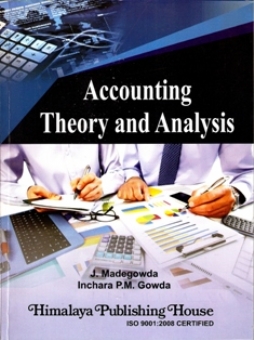This Book `CIRCUIT FUNDAMENTALS & BASIC ELECTRONICS` is mainly written according to the Unified syllabus for the B.Sc.I students of U.P. State Universities. The beginners will also find it as an equally useful reference Text.
As per its name, the stress has been given to the circuit fundamentals before discussing the Basic Electronics. To understand the circuit and theory of Electronics, one should have deep knowledge of the basic laws of Electricity, the transient currents and voltages, A.C. fundamentals, Network analysis and Network theorems. The A.C. bridges are required for measurement of R, L and C.
To develop experimental skill, the attention has been paid to the circuit design and analysis. To check the knowledge & understanding of the subject, each chapter consists of large number of concept type of exercises which will help the students in the circuit designing. A large number of questions of the types-true/false, fill in the blanks, self test, self review are given at the end of each chapter. The problems and long answer type of questions based on the subject discussed are also given for practice purposes.
The whole matter has been discussed in eight chapters. The first chapter deals with the circuit fundamentals. The second chapter contains the theory & function of p-n and Zener diodes with their characteristics. The third chapter presents the diode rectifiers and power supplies. The bipolar junction transistors along with their configurations & characteristics are given in chapter fourth.
The fifth chapter treats the transistor biasing and transistor amplifiers. The sixth chapter deals with the theory of feedback. The feedback amplifiers and various useful oscillators are given in details in this chapter. The Communication systems are discussed in chapter seventh. The electronic Instruments, commonly required in a good laboratories, such as multimeters, VTVM, digital voltmeter & multimeters, and CRO with its various uses are given in chapter eight.
Contents :
1. Circuit Fundamentals
2. Semi-Conductor Diodes
3. Diode Rectifiers
4. Bipolar Junction Transistor Characteristics
5. Transistor Amplifiers
6. Feedback Amplifiers and Oscillators
7. Communication Systems
8. Electronic Instruments






